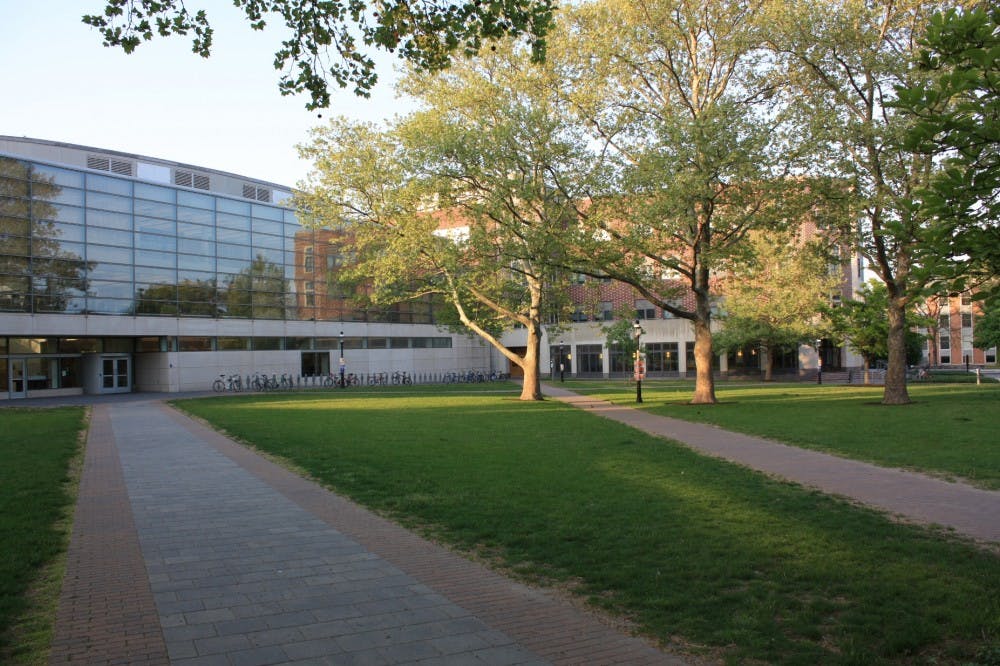In a recent column, Hunter Campbell argues against the current model of Princeton’s liberal arts education. He suggests that the current system of distribution requirements fails to accomplish its own goals, because it encourages students to take courses so far out of their comfort zone that they end up learning nothing from them. Campbell correctly claims that many students end up taking easier courses which, in combination with the pass/D/fail (PDF) option, provide no intellectual challenge.
That being said, it is not clear whether his model, which argues that students take a large number of classes beyond their concentration area, without restrictions on particular distribution areas, helps us solve this problem. Rather, his proposed model would inflate the problems with the current system and fail to achieve the goals of a liberal arts education.
First, Campbell overstates the problem in the first place. Students do look to take easier courses that they can PDF, but there are institutional limits on this practice. We are only permitted four PDF’s, barring PDF-only classes, throughout our time at Princeton.
AB students have to take ten courses to fulfill all of their distribution requirements. Although only three of those courses may be considered Science, Technology, Engineering, or Mathematics (STEM), there are still a decent number of courses that could fall outside of a student’s comfort zone and not available for PDF. For example, the arts student that Campbell uses as an example has to take a historical analysis (HA) and two social analysis (SA) courses that could still be out of their comfort zone.
Similarly, BSE students have to take seven courses to fulfill their distribution requirements. Even if they PDF the two literature and arts (LA) courses and the ethical thought and moral values (EM) course Campbell identifies (in addition to one other course), there are still areas in which they have to take courses that could lie outside of their comfort zones. It is not at all clear that students can completely get around taking courses outside of their comfort zones.
Further, I am not quite convinced that PDFing a course or taking an easier course makes it any less worthwhile than a challenging departmental. There is an inherent value, it seems to me, in exploring fields beyond your own academic department. It gives us the opportunity to see the world and our own studies from many different points of view.
But let’s assume that the problem is as significant as Campbell perceives. It’s not clear that his solution would solve the problem. Certainly, for his two archetypal students, his solution works. But how would we even go about deciding which majors fall into which fields?
At first glance, for instance, the Politics Department falls within the social sciences. Does that not mean a political theorist can take many classes in the Philosophy Department? The Psychology Department offers courses that are currently classified as science and technology, epistemology and cognition, and social analysis. Which field would we put this department in? What of the Woodrow Wilson School? Its multidisciplinary approach would make this degree devilishly hard to classify.

Certainly, we can try to fit it into the social sciences, but then, would the science policy students have an easier time fulfilling their requirements than the rest? I’m sure that with further investigation we could find more departments with similar ambiguities.
One could argue that these practical considerations don’t have much bearing on the argument Campbell makes. This view, though, does not quite make sense — how we classify departments tremendously affects how the liberal arts model works.
The required courses could end up being largely within the comfort zone of some students. For instance, the political theorist I refer to above could simply take humanities courses that would align with their abilities. If we classify the Psychology Department as a social science, many psychology majors could take neuroscience courses as distribution requirements. Conversely, if we classify it as a STEM course, students could simply take courses in sociology. Many students would be able to take courses within their comfort zone, defeating the purpose of a liberal arts education.
One way for Campbell to respond would be to say that the University could mandate that each student needs to take a certain number of courses in each of the fields that are not their own. In other words, a student in the arts would have to take a given number of courses in each of the other fields. This solution, though, does not seem to solve the problem — it simply blurs the lines of the existing distribution requirements.

Critical and broad thinking can be effectively achieved by reaching beyond our comfort zones, and part of receiving a liberal arts education entails exploring unfamiliar fields. I find that Campbell’s model fails to meet that goal. In order to encourage students to reach outside their comfort zones with little risk, the University rightly allows students to take certain courses that would be easier for them than the courses in their department. This policy helps to ensure that the liberal arts model works as intended.
Sebastian Quiroz is a junior from Apopka, FL. He can be reached at squiroz@princeton.edu.








